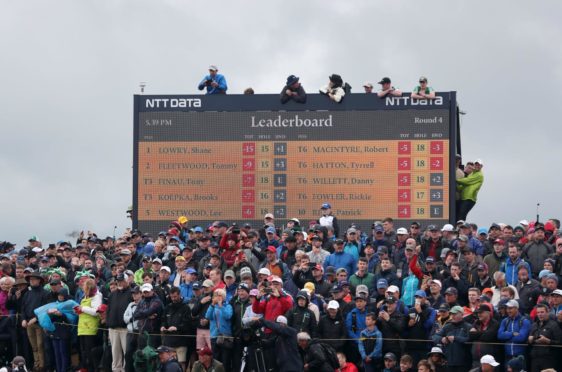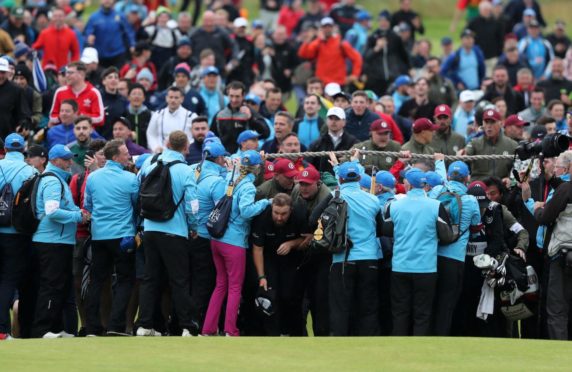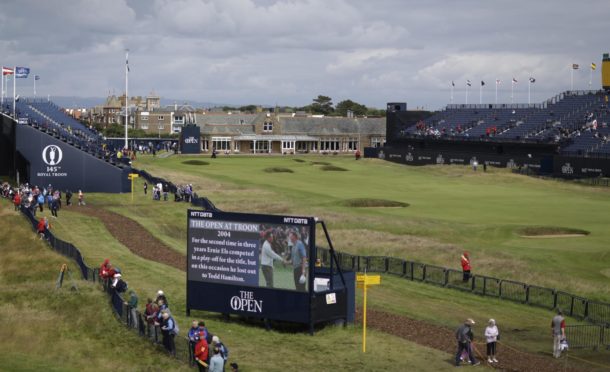The moment Shane Lowry left the 18th green at Royal Portrush to begin what seemed like a month-long celebration of his Open win in 2019, the R&A began plotting a way to go back.
This a course that hadn’t had the championship in 60 years. This is the once-troubled province that seemed incapable of hosting events of this stature. Remarkably, it’s taken a mere two years for them to confirm they’re coming back.
2019 was a ‘gamechanger’
Why? 2019 was an unprecedented success for the R&A, a proper ‘gamechanger’. It’s set the standard for what the Open Championship will be in the mid 21st century.
An all-ticket bumper crowd of 220,000 paying a minimum of £95 a day – probably over £100 by 2025. Merchandising flying off the shelves. Food and drink sales through the roof of the massive refreshment tents.
The willingness of the Northern Ireland Assembly – which, if you remember, was under a three-year suspension at the time – to roll over and do everything that was needed and more to make the Open feel welcome.
Royal Portrush will host The Open for the third time in 2025 ⛳️
Read more here 👉 https://t.co/hDpsTwMCu1 pic.twitter.com/OYGcVnSOgX
— The Open (@TheOpen) September 8, 2021
There’s ten venues in the pool but as a result of all this Portrush went straight to the top – or as near to the R&A’s home at St Andrews as is possible. It’s now the template for every other venue.
Reportedly, when the deal was signed off to bring Royal Portrush into the venue pool, it was for three editions of the championship. The first was such a success that it’s probably going way beyond that.
Scottish venues need to up their game
What does it mean for the other venues? Well, those who have trailed in achieving the target audience of 200,000 – including Troon, Carnoustie, Muirfield and Turnberry in Scotland – need to get up to that number.
The new ticketing process will help Troon reach 200,000 for the week when the Open returns there in 2024. Carnoustie can probably make it as well, as can Muirfield, if the R&A finally confirm they’ll go back.
At Turnberry the largest crowd historically has been 120,000. It will surely never get close, even if the ownership changes.
Local authorities in Ayrshire, Angus and East Lothian now have to go as far as Portrush in accommodating the championship. And with every Open ploughing £100m or more into the local economy, there’s really no reason not to.


